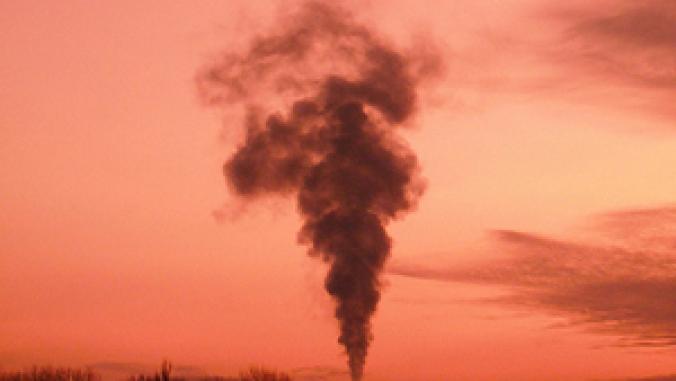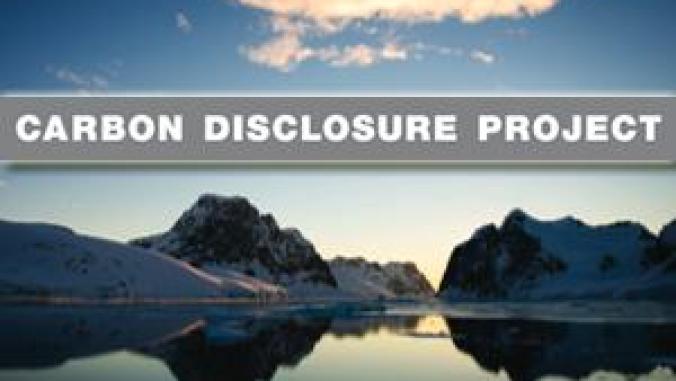Companies Finish Testing Scope 3 and Product LCA Standards
<p>Sixty-two companies finished testing new standards for supply chain and product-level greenhouse gas emissions, paving the way for the methodologies to be finalized and released next spring.</p>

Image CC licensed by Flickr user Carolyn Coles
Sixty-two companies finished testing new standards for supply chain and product-level greenhouse gas emissions, paving the way for the methodologies to be finalized and released next spring.
The highly-anticipated standards being developed by the World Resources Institute and World Business Council for Sustainable Development are aimed at giving organizations a way to perform what are considered to be challenging tasks: accounting for the emissions generated across the life cycle of a product or across the entire value chain of companies whose operations may span borders. The standards are part of the Greenhouse Gas Protocol.
Mapping supply chains was difficult and time-consuming for very large companies, noted Cynthia Cummis, a senior associate with WRI who is managing the development of the new standards. Companies involved in the Scope 3 testing include some of the world's largest, such as 3M, SAP and Siemens.
The data collection was also a very challenging aspect of the testing for both standards, but the overall process will eventually become easier, said Cummis, who called the feedback "very helpful."
"There will be more secondary data available and higher-quality data," she said. "And over time, it will be easier to collect the primary data from their supply chains."
One of the first companies to submit data for the testing was Webcor Builders, which was able to calculate that 99.6 percent of carbon impacts from its projects can be traced to its materials supply chain, with just 0.4 percent coming from its operations. Using this information, the company has identified hotspots where it could focus efforts to the greatest effect, such as a structural concrete project that reduced related emissions by 7.9 million pounds.
"That represented over a 49 percent reduction in CO2 that will be emitted in the manufacturing of materials required to build just one portion of the project," Phil Williams, Webcor's vice president of technical systems and sustainability, told ClimateBiz.com in June. "We are implementing measures that will produce similar percentage reductions in the steel and drywall for the other building elements. These are CO2 reductions that will be mitigated in the very near term, in fact over just the next 12 months."
Both standards will head for an edit that will incorporate feedback, with a second draft to be released in September for a 30-day comment period. The standards will be finalized in December and launched in the spring.
Summaries of the feedback is available online, in addition to the drafts and calendar.
Image CC licensed by Flickr user Carolyn Coles.




